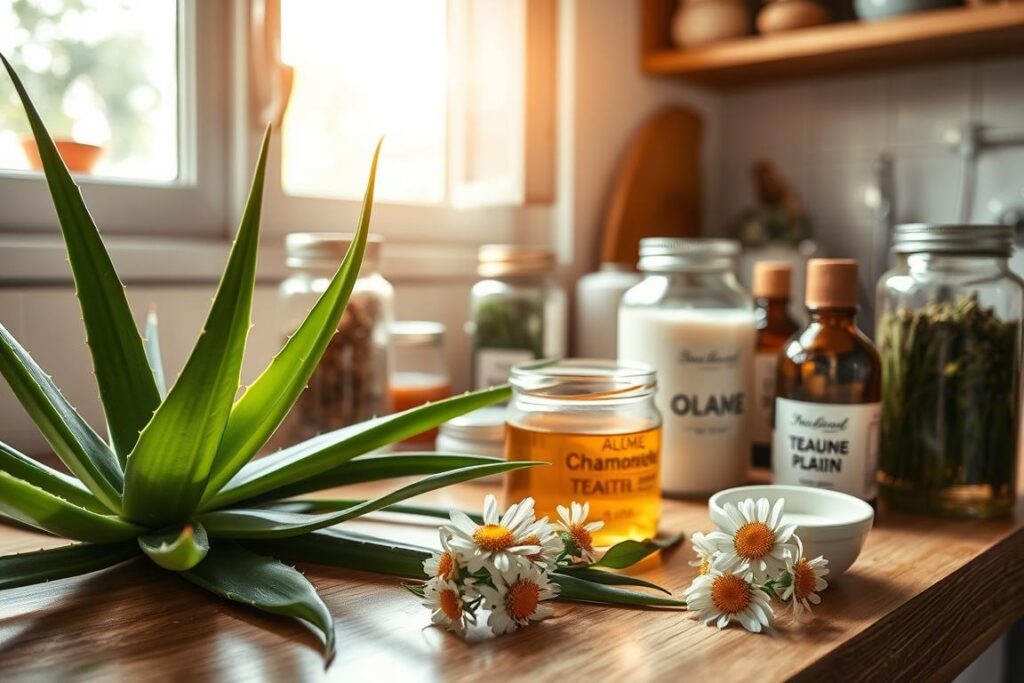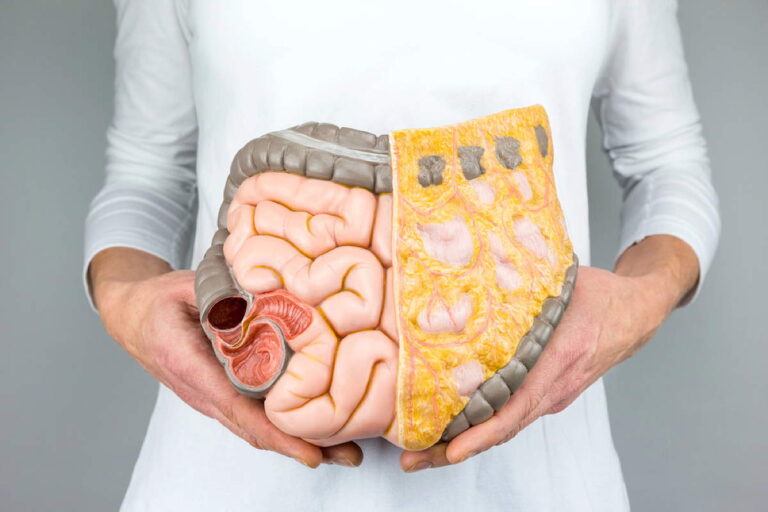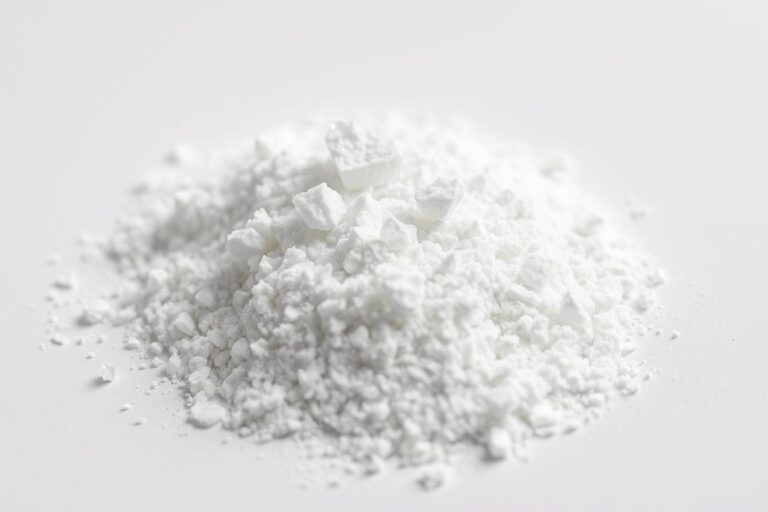What helps against sunburn? The best remedies
Sunburn is a painful reaction of the skin to excessive UV radiation. The symptoms occur around six to eight hours after sun exposure and reach their peak within 24 to 36 hours.
The skin becomes red, taut and painful to the touch. Sometimes there is also itching and swelling. Each sunburn increases the risk of later developing skin cancer.
Therefore, both prevention and the right treatment are important. In this article, we will present the most effective immediate measures, proven home remedies and pharmacy-only products that provide relief from sunburn.
Understanding sunburn: Causes and symptoms
Sunburn occurs when the skin is exposed to too much UV radiation. This can happen if you spend too long in the sun without adequate protection.
How does sunburn occur?
After too much sun exposure, it takes around four to six hours for the first symptoms to appear. The skin reddens and starts to burn and hurt.
| Time after sun exposure | Symptoms |
|---|---|
| 4-6 hours | First symptoms appear |
| 24 hours | Peak of the complaints |
Recognize typical symptoms
Typical symptoms of sunburn are reddened, overheated skin that hurts when touched and causes a burning sensation. Itching is also common and the affected areas of skin may be slightly swollen.
- Redness and overheating of the skin
- Pain when touched
- Itching and swelling
More severe sunburns can be accompanied by blistering, fever, headaches and general malaise. The intensity of the symptoms provides information about the severity of the sunburn and the necessary treatment measures.
The three degrees of severity of sunburn
Sunburn can take on different degrees of severity, which require different treatments. The degrees of severity help to determine the right treatment.
Grade one: Mild sunburn
A mild sunburn is characterized by redness and pain. The skin is warm and sensitive, but there is no blistering.
Grade two: Sunburn with blistering
Second-degree sunburn causes blisters to form on the skin. These blisters can be painful and require careful care to avoid infection.
Grade three: Severe burn
Burn in which the uppermost layers of skin are destroyed. Scars may remain and treatment by a doctor is required.
Immediate measures: What helps against sunburn?
Sunburn requires quick action to minimize symptoms and aid the healing process. The right first aid can be crucial to promote skin recovery.
Out of the sun – first aid
The first step after a sunburn is to remove yourself from direct sunlight to avoid further damage. This is crucial to protect the skin and start the healing process.
Correct cooling of the affected skin areas
Cooling the affected areas of skin can help to reduce the heat and alleviate the pain. Compresses with cold water or special cooling gels can be helpful.
Drink enough fluids
Sunburn causes the body to lose a lot of fluid. It is important to drink plenty of fluids to make up for the loss. Water, cold tea or fruit juice spritzers are recommended.
- Drink plenty of fluids to compensate for fluid loss.
- Water, unsweetened teas or diluted fruit juice spritzers are good options.
- Avoid alcohol and drinks containing caffeine, as they can also dehydrate the body.
| Beverage | Recommendation |
|---|---|
| Water | Highly recommended |
| Cold tea | Recommendable |
| Fruit juice spritzer | Recommendable |
| Alcohol | Not recommended |
| Caffeinated drinks | Not recommended |
“After a sunburn, you should drink plenty of fluids to compensate for the loss of fluids and help the skin to regenerate.”
Proven home remedies for sunburn
There are some tried and tested home remedies that can help with sunburn. These remedies can alleviate the symptoms and support healing.
Quark and yogurt as a cooling topping
Quark and yogurt can be applied to the affected skin as a cooling compress. They help to cool the skin and relieve the pain.
Tea compresses for relief
Tea compresses can help to soothe the skin and relieve pain. They are a simple and effective method of relieving discomfort.
Aloe vera for skin regeneration
Aloe vera is known for its cooling and moisturizing effect. It supports skin regeneration and can help to soothe the skin.
| Home remedy | Effect |
|---|---|
| Quark/yoghurt | Cooling, calming |
| Tee envelopes | Soothing, pain-relieving |
| Aloe Vera | Cooling, moisturizing, skin regenerating |

Pharmacy products for sunburn treatment
If you suffer from sunburn, special products from the pharmacy can offer great relief. These products are designed to alleviate the symptoms and support healing.
Cooling gels and after-sun lotions
Cooling gels and after-sun lotions help to cool and moisturize the skin. They can significantly alleviate the discomfort of sunburn.
Preparations with dexpanthenol and marigold
Products containing dexpanthenol and marigold promote skin regeneration and can support healing. These ingredients are known for their positive effects on the skin.
Painkillers and anti-inflammatory agents
For severe pain caused by sunburn, painkillers and anti-inflammatory drugs such as ibuprofen or diclofenac can provide relief. In severe cases, a doctor may prescribe preparations containing cortisone.
When to see a doctor? Warning signs of sunburn
If sunburn occurs, it is important to recognize the severity of the symptoms to decide whether a visit to the doctor is necessary. Certain signs indicate that medical help is required.
Blistering and extensive burns
If a sunburn is accompanied by blistering or extensive burns, this should be regarded as a warning signal. Such symptoms may indicate serious damage to the skin and usually require medical attention.
Fever and headache as an alarm signal
Fever and headaches can also be warning signs, especially if they occur in conjunction with sunburn. These symptoms can indicate a serious reaction of the body.
Difference between sunstroke and heatstroke
It is important to distinguish between sunstroke and heatstroke, as the treatment approaches are different. Sunstroke is caused by direct sunlight on the head, whereas heatstroke is a life-threatening overheating of the body.
Preventing sunburn: effective sun protection
Comprehensive sun protection is essential to prevent sunburn. This applies in particular to the sensitive skin of children and adults alike.
The right sunscreen and sun protection factor
A suitable sun cream with a high sun protection factor (SPF) is crucial. Special sun creams with mineral filters and at least SPF30 are recommended for children and sensitive skin types.
Protection through clothing and shade
In addition to sun cream, protective clothing such as long-sleeved T-shirts and sun hats with neck protection offer effective protection. Spending time in the blazing sun should be avoided if possible or postponed until early in the morning or late in the afternoon.
Special care with children
Babies under the age of one should never be exposed to direct sunlight. In addition to sun cream, it is important for children to wear protective clothing and stay in the shade.
| Sun protection measure | Recommendation |
|---|---|
| Sun cream | SPF 30 or higher |
| Clothing | Long-sleeved T-shirts, sun hats |
| Stay | Shade, early morning or late afternoon hours |
Long-term consequences of sunburns
Sunburns can have long-term effects on the skin that go far beyond the initial symptoms. These long-term effects can have a lasting impact on health.
Increased risk of skin cancer
Repeated sunburn increases the risk of developing skin cancer. UV radiation damages the skin cells, which can lead to cancer in the long term.
Premature skin ageing
Sunburns also contribute to premature skin ageing. UV radiation causes the skin to age faster, leading to wrinkles and pigmentation spots.
Regular skin cancer screenings
Regular skin cancer screenings are an important preventive measure, especially for people with a history of frequent sunburns. In Germany, people with statutory health insurance aged 35 and over are entitled to a free skin cancer screening every two years.
Healthy tan without sunburn: the best tips
A healthy tan without sunburn is the goal of many people in summer. To achieve this, it is important to gradually acclimatize the skin to the sun and use appropriate sun protection.
By combining short, regular sunbathing sessions with a balanced diet rich in beta-carotene, the skin can be prepared for the sun from the inside out. Self-tanners and tanning creams also offer a safe alternative to sun tanning.





